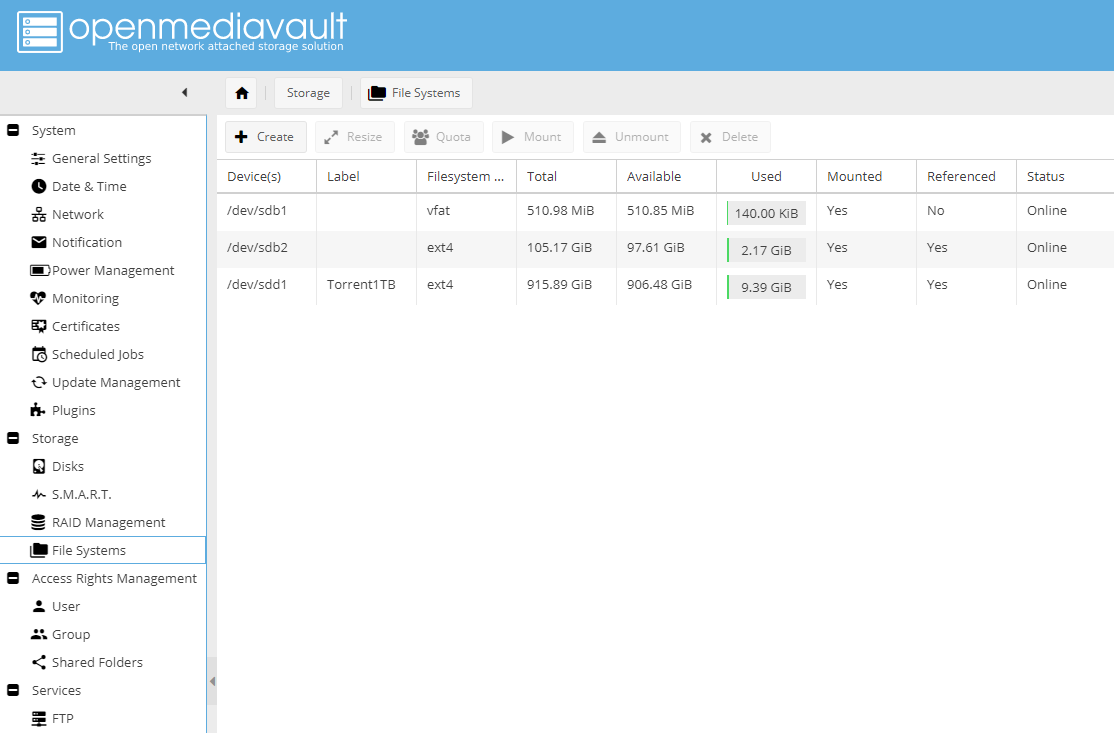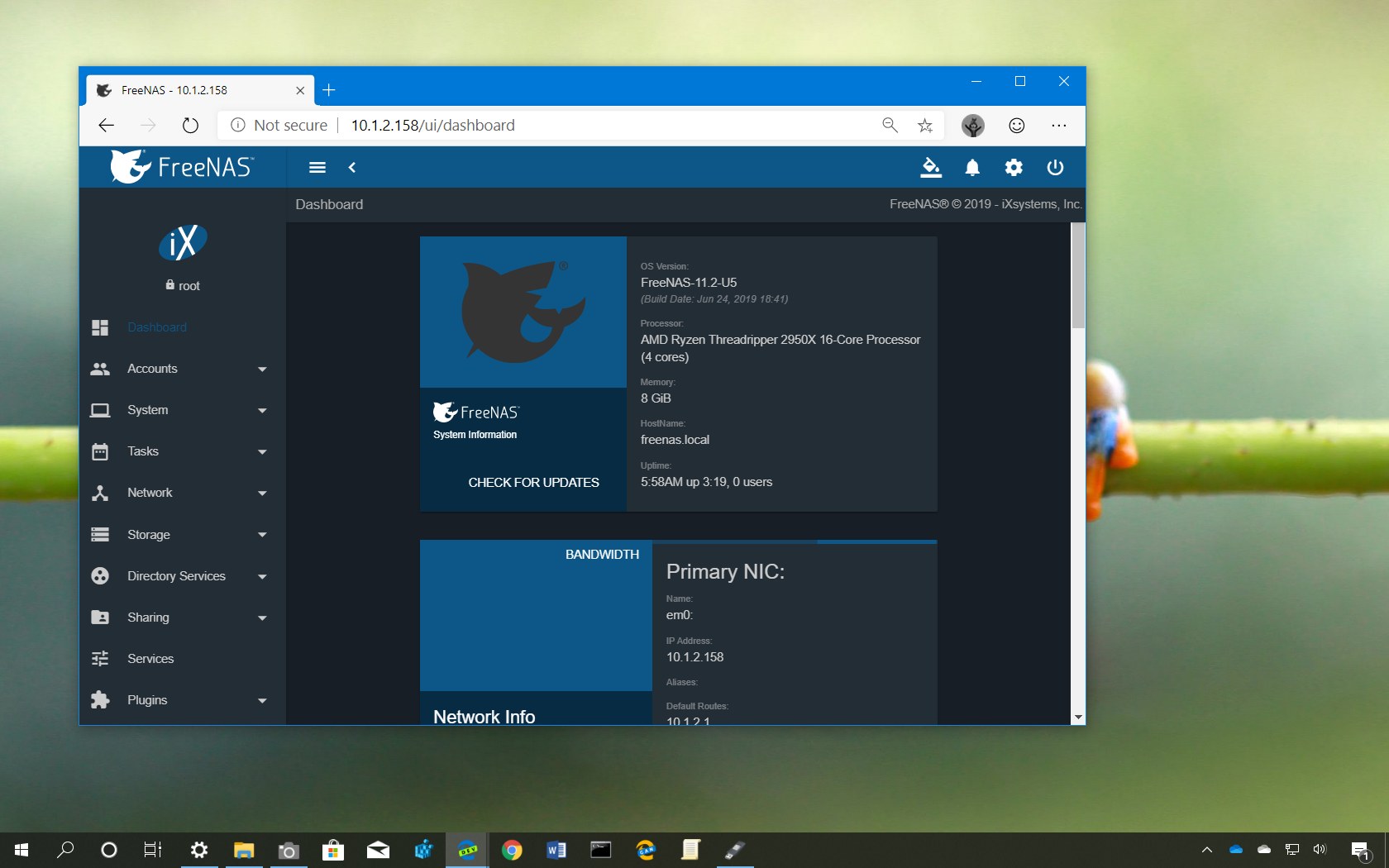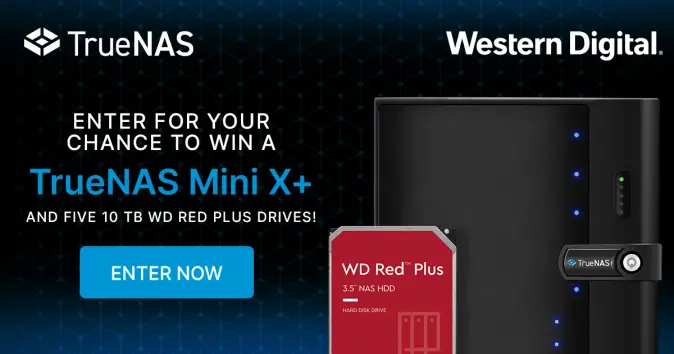

- Openzfs hardware requirements for free#
- Openzfs hardware requirements software#
- Openzfs hardware requirements plus#
Openzfs hardware requirements plus#
So Brian Belendorf is the one who started that quite a few years ago, ten plus years ago, I think. They actually originally ported ZFS from Solaris to Linux to be able to use on these enormous supercomputers. So if we go from there to the very highest end, there are folks like Lawrence Livermore National Labs, which is a US government research agency, and they run some of the biggest supercomputers in the world. But OpenZFS is just an open source project, and we’re working on creating that fundamental technology, and making that easy to use for system administrators, and also easy to integrate into systems and products. There are products based on OpenZFS doing all kinds of different things. All of the different things in ZFS that work well together and are easy to use together, and hopefully easy to understand like what’s going on - that’s what brings a lot of the value compared to other technologies and products.īack when we created it, and today, ZFS is not a product. Replication is part of that utility, checksums, compression. What’s going on?” I think that the thought is more “On the whole, ZFS is very useful”, and performance is part of that utility, but snapshots are part of that utility. I don’t see people being like, “Oh, we’ve got to beat them in this maker benchmark. I’ll get into some more of the specifics of what that meant, what those goals meant back in the day, but you look at even now, 20 years later, ZFS - it does perform well, but when people do benchmarks against other file systems, and a lot of times ZFS performs better than them, sometimes it doesn’t perform as well… I think that the people behind ZFS - we don’t really sweat that much.

So one of the taglines that we created after the fact, was that the goal of ZFS was to end the suffering of administering storage hardware.
Openzfs hardware requirements software#
And it used UFS, and it used the Solaris volume manager, and I think that there were some horror stories that pre-dated my arrival about disks dying and being reslivered incorrectly by the volume manager, and maybe mistakes being made due to the difficulty of understanding what was really going on there, even from people who were very experienced with software and computers. So people took turns being primarily responsible for that. It was at the time a giant server that the kernel developer engineers ran themselves. Sun had a server that was called Jurassic. Most so them were using it with volume managers, with either Sun’s volume manager or the Veritas volume manager were very popular at the time… And the volume managers were hard to administer, hard to set up, and then they had all these weird failure modes that some of the in-house system admins at Sun had experienced. How can we make this easier to use?” And we looked around at how people were using it, mostly in the enterprise context. But really, we wanted to make a replacement– originally, we were just thinking of it as, “Hey, UFS is kind of hard to use.” UFS was like Sun’s file system before ZFS. So Jeff and I started from, “What should this be doing?” And I was obviously a very junior software engineer at that point in time, so a lot of the ideas of what it should be able to do and where it should fit in the industry came from Jeff.
Openzfs hardware requirements for free#
Learn more and try it for free at /changelog Notes & Links Instead of building internal tools from scratch, the world’s best teams, from startups to Fortune 500s, are using Retool to power their internal apps. Retool – Retool is a low-code platform built specifically for developers that makes it fast and easy to build internal tools.

They have a FREE forever tier, so you can prove to yourself and to your team that they have everything you need. MongoDB – MongoDB Atlas is an integrated suite of cloud database and services. Learn about the wide range of use cases of InfluxDB at /changelog It’s purpose-built to handle massive volumes and countless sources of time-stamped data produced by sensors, applications, and infrastructure.

InfluxData – InfluxDB empowers developers to build IoT, analytics, and monitoring software. Learn more at to dive into the docs, APIs, SDKs and to create your Square Developer account - tell them Changelog sent you. There is a massive opportunity for developers to support Square sellers by building apps for today’s business needs. Square – Develop on the platform that sellers trust.


 0 kommentar(er)
0 kommentar(er)
